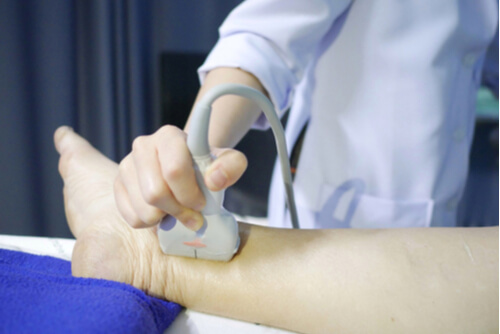
An article featured on The National Blood Clot Alliance, namely, the stop clot website indicates that the ratio of lung and leg blood clots is 2:5. Fortunately, this ratio is calculated against the non-fatal cases reported annually. However, there are fatalities every day that result from people not being aware of the signs and symptoms of thrombosis.
Thrombosis is defined as localized clotting within the circulatory system. The detriment comes in when these clots travel through the arteries into vital areas such as the lungs, brain, and legs.
It is normal for the body to create mechanisms that allow for clotting. Blood platelets and fibrin are designed to assist in cases of blood vessel injury or prevention of excessive blood loss due to external skin cuts or injuries.
However, overproduction of these preventative measures can and do often cause problems of their own. Thrombosis is one of these health-related problems that can become fatal in nature. Knowing the facts equips people to be vigilant when the signs and symptoms occur.
Here are 10 myths about thrombosis and how to dispel them:
1. It Is Not A Real Disease
There appears to be a myth that assumes that thrombosis is not an actual disease. Perhaps like the effect cholesterol has on the arteries, people conclude that blood clots work in the same way.
Because of the effect, namely it being a catalyst in thrombotic stroke, it is classified as a disease. Thrombosis can be distinctly divided into two categories: venous thrombosis, which occurs in the veins, such as DVT, or arterial thrombosis which originates within the walls of the artery. What is important to remember and stress is that anybody is at risk of thrombosis and one-third of people will develop lifelong complications due to the damage caused.
Due to the complications that arise from DVT, it’s renowned for killing more people than breast cancer, motor vehicle accidents and HIV combined, even though it is a somewhat preventable disease. The cautionary tale is that you need to be aware of how to decipher false information when it comes to diseases.


